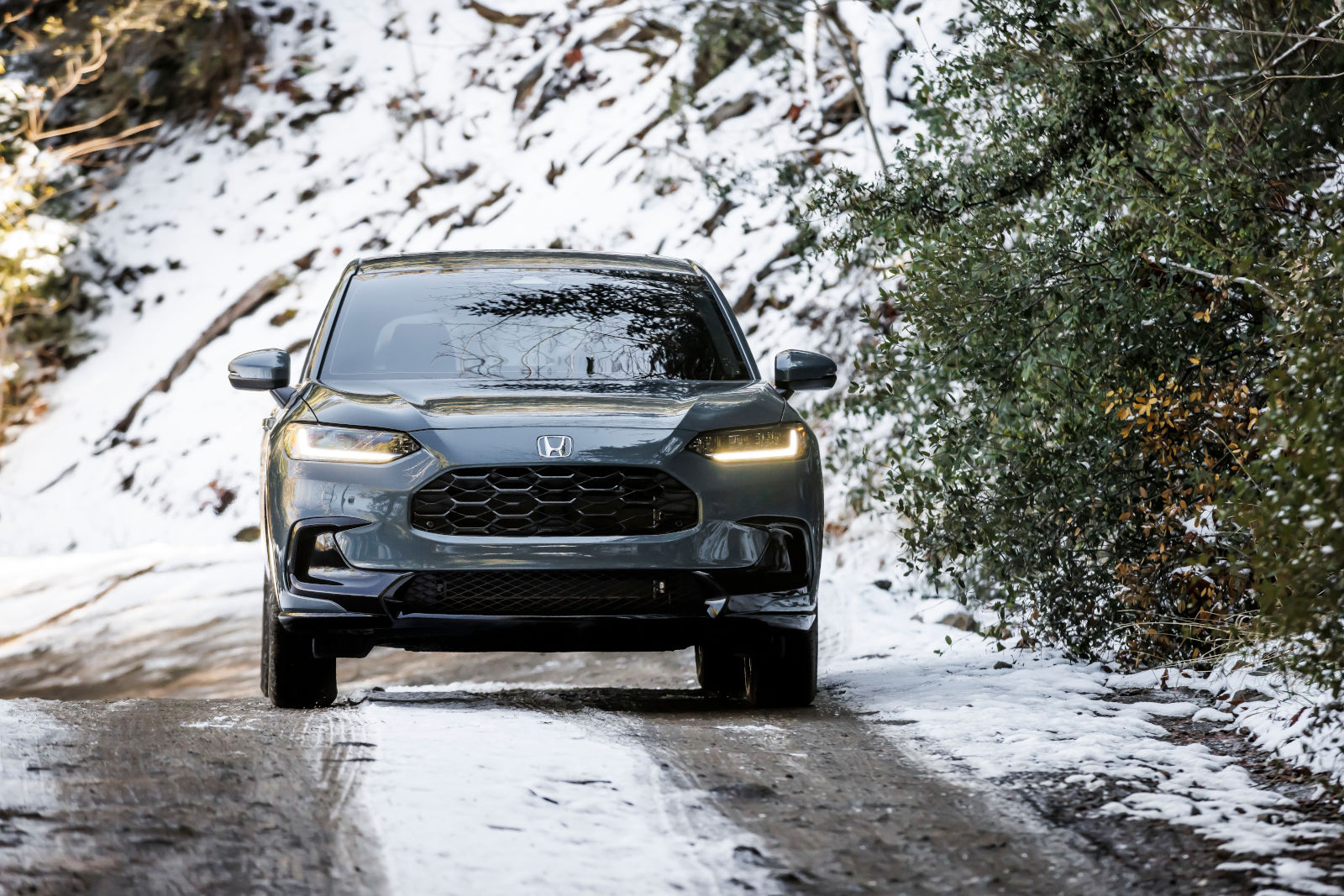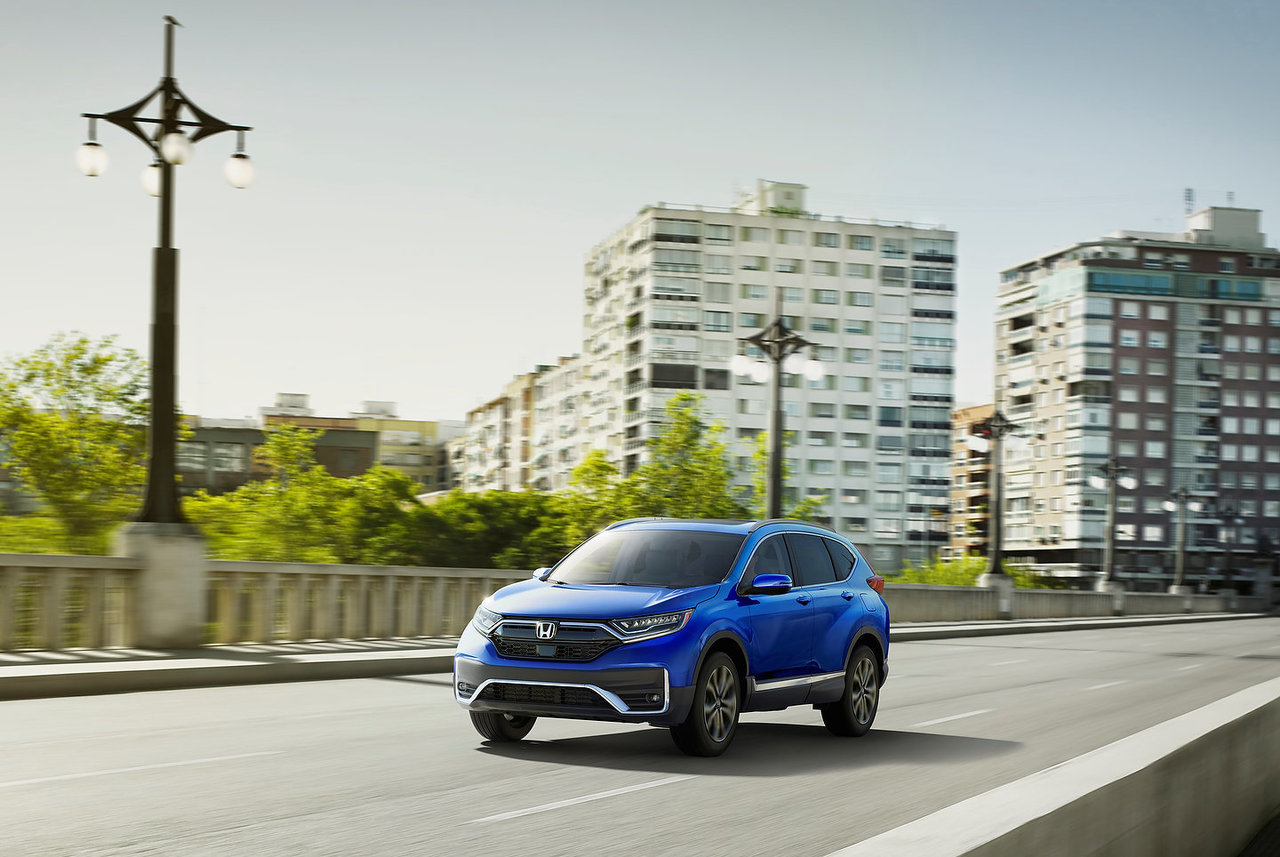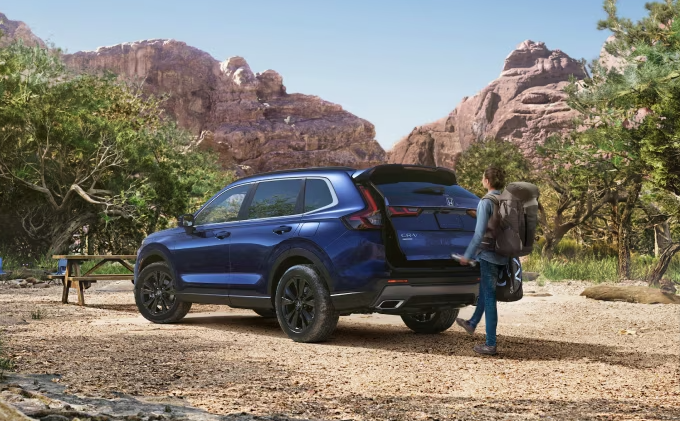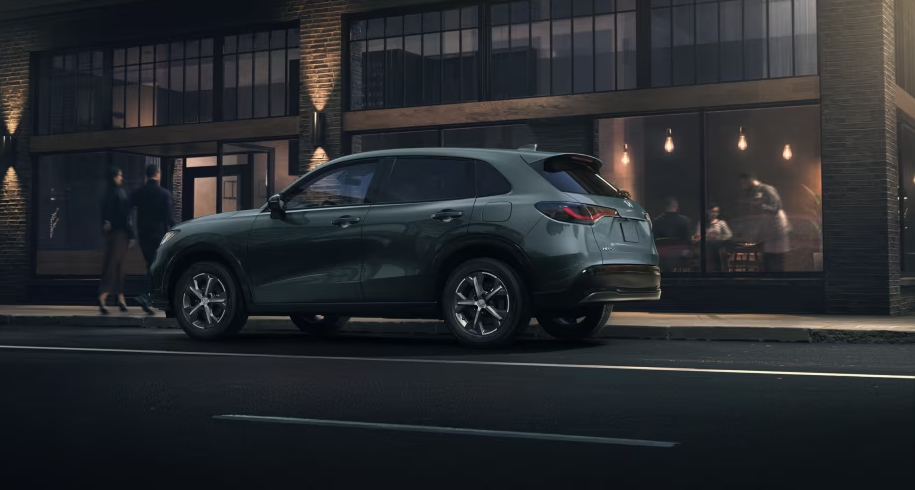
Honda HR-V 2024 vs Toyota Corolla Cross 2024: How to choose the right SUV for you?
In a segment brimming with options, the Honda HR-V 2024 and Toyota Corolla Cross 2024 have established themselves as two popular choices with...
Read more
When shopping for our next compact SUV, which can be quite a daunting task, it is important to take the necessary time to analyze our needs in order to make the best possible decision. There are numerous options, more than any other segment actually, in the compact SUV segment and to help finalize the selection process, here’s a quick comparison: Two vehicles that come up often are the new 2020 Honda CR-V and the 2020 Hyundai Tucson.
Both of these small SUVs are designed to handle almost everything the typical Canadian family can throw at it, no matter the season. Both utility vehicles, however similar, do go about getting the task done in diverging ways. Notably, the Honda CR-V has opted for a smaller displacement turbocharged powerplant while Hyundai so far continues to offer naturally aspirated larger displacement engines. Both are spacious but the Honda CR-V’s got far more utility up its sleeve.
The 2020 Honda CR-V manages to keep tidy exterior dimensions, making it the perfect urban SUV, but this does not come at the expense of interior volume. Quite the contrary, in fact. With up to 1,110 liters of trunk volume, the CR-V handily outdoes the Hyundai Tucson’s 877 liters. What’s more, the Honda’s cabin is perfectly adapted to people-carrying duty as well.
Both SUVs are well-equipped from the get-go with standard 7-inch touchscreen display, Apple CarPlay, Android Auto, and a number of other infotainment technologies.
Powertrain-wise, the Honda CR-V is a truly advanced vehicle. The standard-for-all-trims engine is a turbocharged 1.5-liter 4-cylinder which delivers 190-horsepower and 179 lb.-ft. of torque. By comparison, the Tucson’s most powerful engine is a 181-horsepower and 175 lb.-ft. of torque 2.4-litre 4-cylinder. The standard 2.0-liter produces 155-horsepower and 150 lb.-ft. of torque.
With the standard highly-efficient and smooth-operating continuously variable transmission (CVT) and optional AWD, the CR-V consumes a combined average of 8.1L/100 km. In contrast, with the more expensive 2.4-liter, standard 6-speed automatic transmission and optional AWD system, the Tucson’s combined average is of 10,1L/100km – this is an enormous margin.
When considering the value proposition, standard features are key as is fuel economy which can impact your monthly budget.

Honda HR-V 2024 vs Toyota Corolla Cross 2024: How to choose the right SUV for you?
In a segment brimming with options, the Honda HR-V 2024 and Toyota Corolla Cross 2024 have established themselves as two popular choices with...
Read more
2024 Honda CR-V
The 2024 Honda CR-V is where innovation meets practicality. Designed for families who refuse to compromise, the CR-V strikes a balance between...
Read more
2024 Honda HR-V
The 2024 Honda HR-V emerges as a beacon in the compact SUV market, offering a blend of style, efficiency, and cutting-edge technology. With a...
Read more